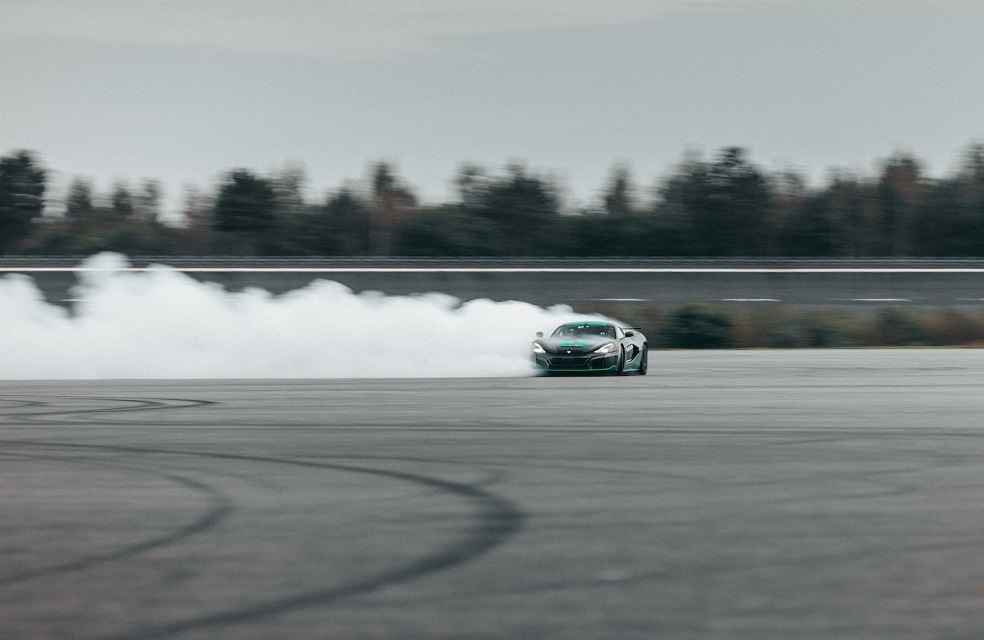The Rimac Nevera, an electric hypercar, has redefined automotive limits by achieving the highest reverse speed ever for a production car. At Germany’s Automotive Testing Papenburg Centre, test driver Goran Drndak propelled the Nevera to a staggering 274 kph, covering more than a kilometer backward.
This performance owes much to the Nevera’s innovative electric powertrain. The car’s four individual motors, each operating independently, enable it to generate equivalent torque both forward and in reverse. This unique capability allows the Nevera to reach speeds previously unthinkable for reverse travel.
The car’s aerodynamics also play a crucial role. The active rear spoiler, specifically designed for the Nevera, minimizes drag and ensures stability at high speeds, even when reversing. This combination of innovative powertrain and aerodynamic design underscores the engineering marvel that the Nevera represents.

With the title of the world’s fastest production car already under its belt, the Nevera’s reverse speed record adds to its list of achievements. This feat highlights not just the car’s speed, but its engineering prowess and adaptability, making it an attractive option for buyers seeking a blend of performance and innovation.
This achievement marks a significant leap for the electric vehicle industry. It challenges previous assumptions about electric cars, proving they can surpass traditional gasoline-powered vehicles in certain areas. The Nevera’s record is expected to inspire other electric car manufacturers to develop their high-performance models, signaling the rise of a new era in electric supercars and hypercars.

The Rimac Nevera’s record is a vivid illustration of electric vehicles’ potential. It points to a bright future for the electric car industry, driving further advancements and innovations in high-performance electric vehicles. This event marks a pivotal moment, showcasing the electric automotive industry’s rapid and exciting evolution.
LATEST | Hyundai Mobis Secures $940M Green Loan for US Electrification Expansion





